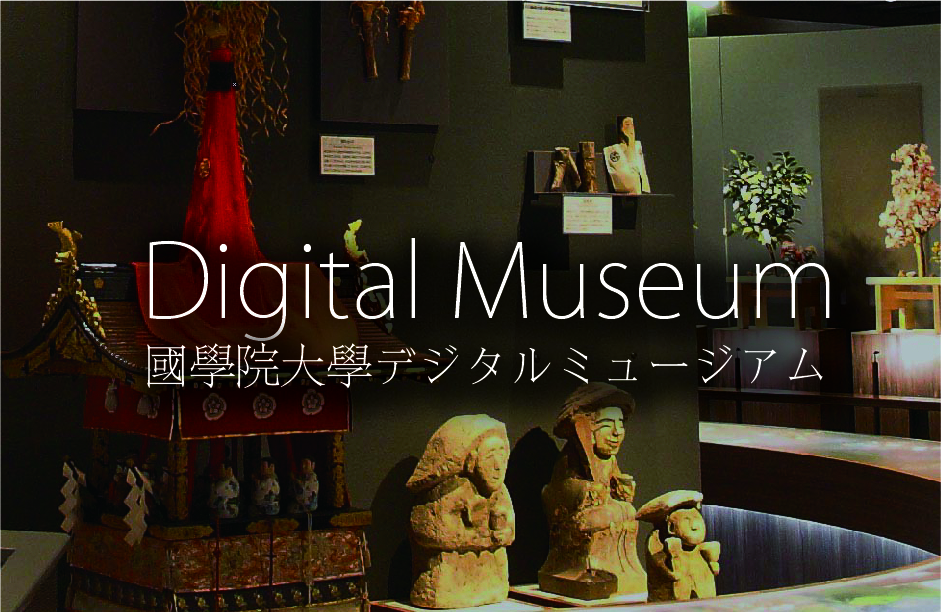- トップ
- Encyclopedia of Shinto
- Nikkōsan shinkō
Encyclopedia of Shinto
| Main Menu: | |
| Links: |
詳細表示 (Complete Article)
| カテゴリー1: | 6. Belief and Practice |
|---|---|
| カテゴリー2: | Mountain Beliefs and Practices |
| Title | Nikkōsan shinkō |
| Text | Beliefs and practices associated with the mountains of Nikkō, the composite name given to the mountains Nantai (2484 m.), Nyohō (2464 m.) and Tarō (2368 m.), situated in the north-western part of Tochigi Prefecture. The founder is said to be Shōdō Shōnin, who built Shihonryūji there in 766. He is reputed to have climbed Nantai, and to have been vouchsafed a manifestation of the Thousand-Armed Avalokiteshvara (Senju Kannon) at nearby Lake Chuzenji. "Nikkō" is the Sino-Japanese pronunciation of Futara(san). One theory is that futara is an abbreviated form of Fudarakusen, Mt. Potolaka, the paradise of Avalokiteshvara, and this refers to Mt. Nantai. Another theory is that Nantai and Nyohō together are two manifested (futa-ara) kami. Nantai remains the shintaizan of Futarasan Shrine and items excavated from its summit, including mirrors, ringed metal staff caps (shakujō) and metal seals, indicate that rituals were performed there from the early Heian period, around the ninth century. In 810 the temple's name was changed to Manganji, to express the fulfillment (man) of an imperial vow (gan), and both Kūkai and Ennin are said to have visited there. From this time the number of buildings in the complex increased, and in the thirteenth century it received the patronage of the shogunal clan, leading to a great increase in the number of specialized priests to pray for the protection of the clan (gojisō). With the development of buddha-kami combinatory thought (shinbutsu shūgō), buddhas were identified as corresponding with the three mountains: the Thousand-Armed Avalokiteshvara (Senjū Kannon) was associated with Nantai, Amida with Nyohō and the horse-headed Avalokiteshvara (Batō Kannon) with Tarō. At the same time the three shrines (Shingū, Takinoosha and Hongū) were considered to be collectively the Nikkō Sansho Gongen, the Gongen of the Three Places (see gongen shinkō), which today is still worshipped in the Sanbutsudō, the Hall of the Three Buddhas. In the Muromachi period, the complex possessed an income of 180,000 koku and 66 villages and the renga poetry master Sōchō (1448-1532) described its prosperity and its 500 subtemples in his Azumaji no tsuto. This was the time when Shugendō, centering on religious training in the mountains, was at its height, undertaken jointly by both Tendai and Shingon priests. In the Edo period, shugen priests were counted individually as single entities (bō) within the organization of the mountain; there were eighty such ordained shugen priests, who belonged to the Tendai sect, independent of either Honzanha or Tōzanha control. Ritual practices were collectively known as the "Three Peaks and Five Meditation Summits" (sanbu gozenchō), consisting of mountain entry rituals associated with the four seasons and of circuit practices called Daisendogyō (One Thousand Circuits). The latter was a circuit of more than one hundred shrines and temples in the mountains around Nikkō, done six or seven times a day over five months (making up 1000 circuits), and begun in either the first, fifth or ninth months. Lay devotees could join some of the practices, including the ascent of Nantai and the circuit of Lake Chūzenji by boat (hama zenjō). In the Edo period Tenkai (Jigen Daishi, 1536-1643) became head of the complex and brought the spirit of Tokugawa Ieyasu to Nikkō as Tōshō Daigongen, based on the teachings of Sannō Ichijitsu Shintō. He received the temple name of Rinnōji from the imperial house. Rinnōji subsequently flourished as the joint Tendai headquarters with Hieizan in Kyōto and Tōeizan in Edo, with a large shogunal grant of around 13,000 koku. As its successive heads (monshu) were imperial princes who had taken Buddhist orders, it was ranked as a monzeki temple. The bakufu placed a magistrate (bugyō) in Nikkō to be in charge of its affairs there. Thus Nikkō was associated not only with kami and buddhas but also with the shoguns Tokugawa Ieyasu and Tokugawa Iemitsu. Objects of veneration included, besides natural features like mountains, lakes and waterfalls, the Nikkō Sansho Gongen, the Tōshō Sansho Gongen (Tōshō Daigongen, Sannō Gongen, Madarajin), Kannon, Naminori Daikokuten, Jie Daishi and Jigen Daishi, and the Takinoo Senjuson. There was also a nenbutsu tradition. With the separation of buddha and kami worship (shinbutsu bunri) at the beginning of the Meiji period, the complex was divided into two shrines (Tōshōgū and Futarasan Shrine) and one temple (Rinnōji). At the same time, many Shugendō rituals and practices were discontinued, though a number with a strong Shugendō flavor still remain, including gōhanshiki (ritual presentation of offerings), ennen no mai ("longevity dance"), saitō goma ku (a fire ritual), the ritual ascent of Nantai and the ritual circuit of Lake Chūzenji. — Suzuki Masataka |






